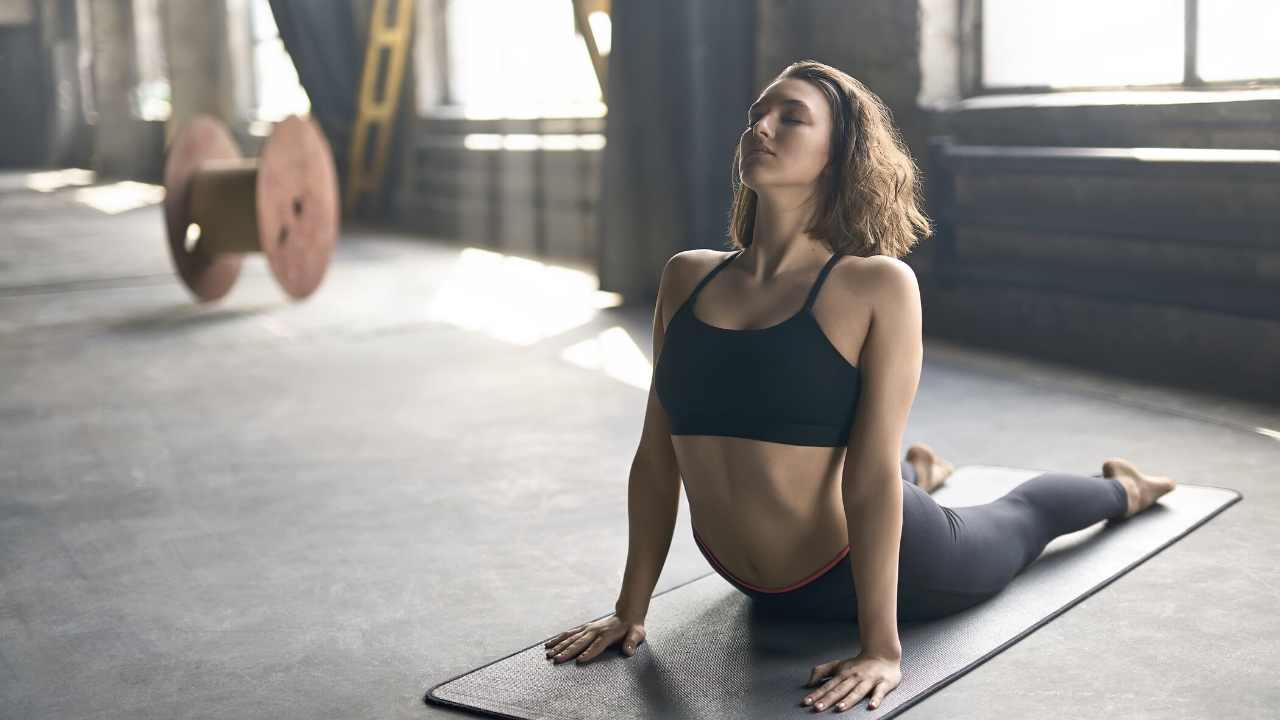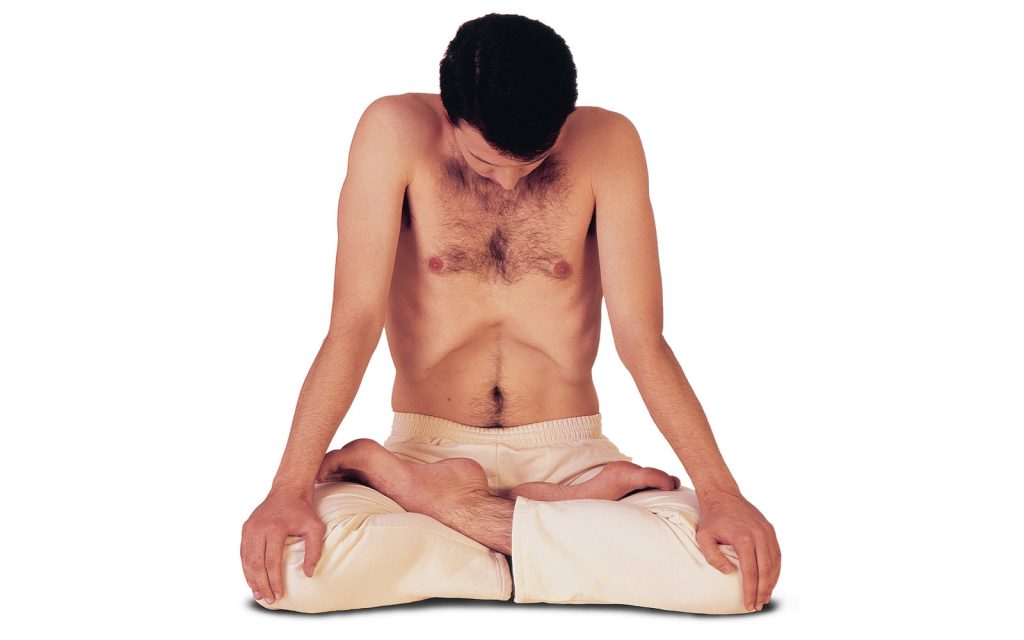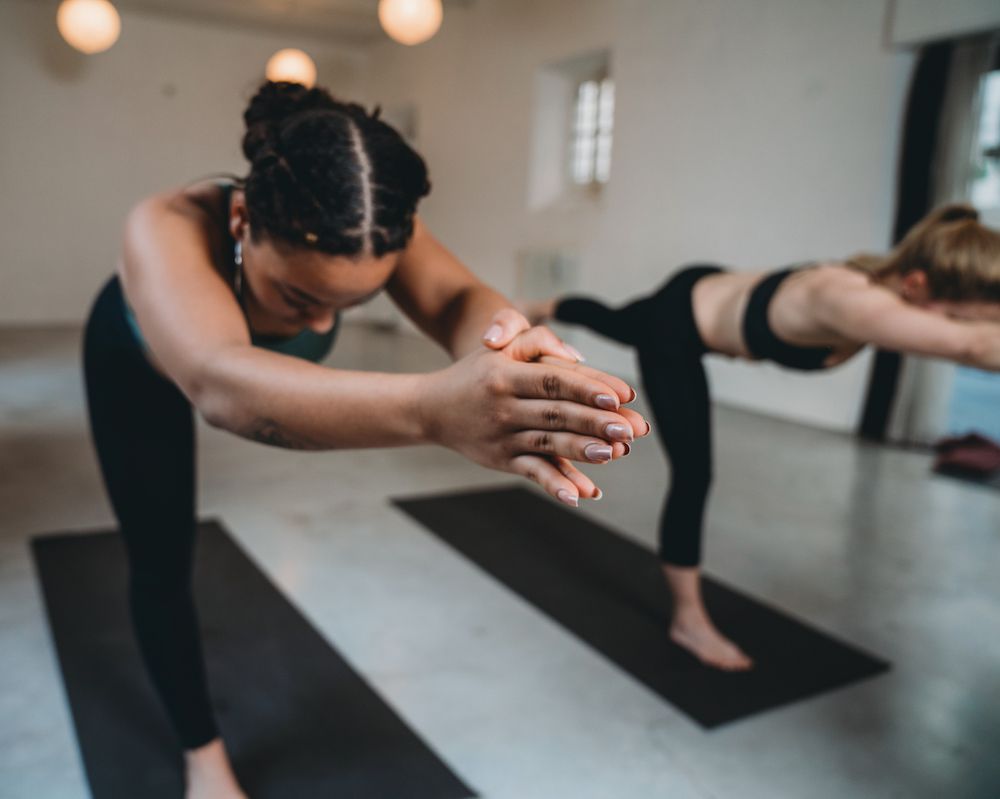
You can do many different poses with your yoga arms. The most popular ones are the Plank and Uneven plank. A Forearm plank is also possible. These poses not only strengthen your core, but are good for your arms. You can try out these poses and see for yourself if they are right for you.
Plank pose
Plank is a great position to strengthen your arms. It's also a great way to build your stamina. You can hold the pose for five minutes or more before lowering yourself to your knees. You can then continue your yoga practice by moving into Knees Chis Pose, Child's Pose, or another pose.

Uneven plank
The uneven plank is one of the most popular and efficient plank variations. This exercise targets strengthening your core and triceps muscles. This exercise requires you to stand straight and lift one hand off the ground. As you do so, place your right arm straight up on the ground.
The pose of a child
Child's pose is a good pose for releasing stress and strengthening the back. It is also good for soothing the eyes and relieving stiffness. It can also relieve conditions like breathlessness, headaches, and dizziness. It may also ease menstrual symptoms.
Plank for the forearm
The forearm plank is a great way to build your core strength and flexibility. When done correctly, it engages several major muscle groups, including the abdominals, back, and shoulders. It can also help you maintain a straight, toned body and tight abs.
Dolphin pose
The answer to your question if you have ever wondered if it is possible to do the Dolphin pose on yoga arms. This position elevates the heart above the head, and has many of the same benefits as an inversion. This position allows for more blood to flow to and from the brain, which improves concentration and focus. It can also help relieve menstrual discomfort and symptoms of menopause. In addition, the pose calms the brain and relieves mild depression.

Dog with forearm downward-facing
This Downward facing dog variation requires the use the forearms. The pose aims to activate the manipura chakra, located in the Solar Plexus.
FAQ
How long do yoga classes take?
Yoga classes usually last anywhere from 45 minutes up to 90 minutes. Some teachers offer shorter or longer sessions, at different times during the week.
Is yoga safe?
Yoga is safe to practice for all ages and abilities. Yoga has been practiced for thousands upon thousands of years without side effects.
Before you start a new exercise program, make sure to check with your doctor if you have any medical conditions.
What type of yoga are you looking for?
Yoga is great exercise for all levels of fitness. It's a great way for people to stay healthy and fit. People who have tried yoga say they feel better physically and mentally. They find yoga calmer, happier.
Yoga is more than just exercise. It's a lifestyle that involves breathing exercises, stretching and meditation.
There are many different types of yoga. Some focus more on strength training than others. Others are more focused on relaxation.
The type of yoga that you want depends on your goals. Iyengar Yoga is for you if flexibility is important to you. Or if you want to tone your muscles, go for Ashtanga yoga.
Do yoga has side effects?
Yoga, like all types of exercise, has its own risks. The most serious risk is injury. Make sure you know how to perform each pose safely.
Yoga can make you dizzy or faint if your first time doing it.
This is due to blood pooling within your brain. But don't worry; the sensation disappears quickly.
If you experience chest pains while doing downward-facing dogs, make sure you don't hold your breath. You will only increase the heart rate and make matters worse.
Statistics
- In comparison, a 125-pound person is estimated to burn 135 calories in 30 minutes of walking (at a pace of 15-minute miles) and 210 calories bicycling at a moderate pace on a stationary bike. (everydayhealth.com)
- About one in seven U.S. adults practiced yoga in the past 12 months, according to a 2017 national survey. (nccih.nih.gov)
- A 2020 review of 27 studies (1,805 total participants) of yoga interventions in children or adolescents found reductions in anxiety or depression in 70 percent of the studies, with more promising results for anxiety. (nccih.nih.gov)
- The American Psychological Association recently shared that 84% of American adults feel the impact of prolonged stress (5). (healthline.com)
- Gentle yoga has been shown to ease some of the discomforts of tender, swollen joints for people with arthritis, according to a Johns Hopkins review of 11 recent studies. (hopkinsmedicine.org)
External Links
How To
Can I do yoga during pregnancy?
Your ability to safely perform certain poses can be affected by pregnancy. Before you begin a new program for exercise, make sure to consult your doctor.
However, there are many poses you can still do during pregnancy. Here are some tips.
-
Do not lift any weights that are higher than your shoulders for pregnant women. Instead, use lightweight resistance bands or dumbbells.
-
Avoid deep twists as they could place pressure on your belly.
-
Avoid backbends up until you have your baby. This can place excessive strain on the lower back.
-
You should not lie down on your stomach, or cross your legs, until you give birth to your baby.
-
You should not attempt to invert poses such as handstands or headstands without your doctor's approval.
-
Keep your practice time to no more than 30 minutes per day
You can do yoga during pregnancy as long as you're able to. Your doctor will help you determine when you're ready to begin practicing yoga.